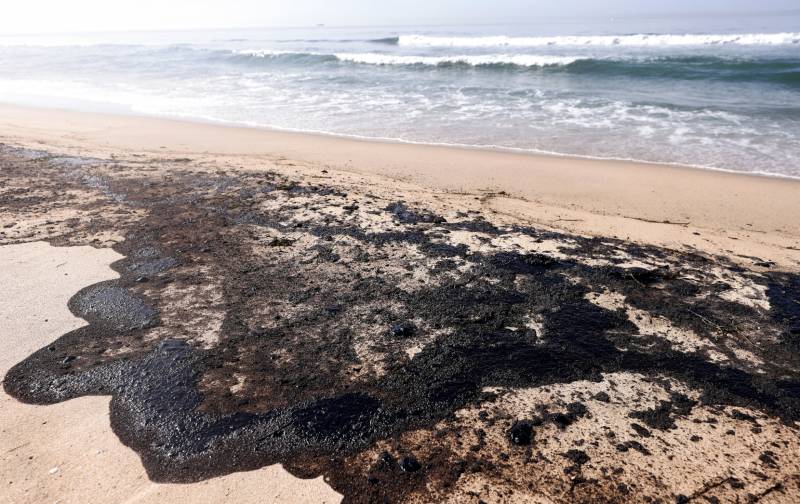Last week, the California Public Utilities Commission approved Waymo’s expansion of autonomous taxi service into communities south of San Francisco and in Los Angeles. Notably, the list of supporters included many organizations committed to enhancing safety for people who walk and bike, as well as disability advocates. That tells me they understand that robot drivers are much safer than human drivers.
In opposition were a number of city and county leaders in the expansion zones. That tells me that Waymo and its supporters need to do a lot more outreach with local government leaders to explain how their technology interacts with existing municipal services, from waste haulers to fire safety vehicles.
I spoke to KTVU news about the decision and its basis in California law:
Ultimately this expansion signals that a driverless future is already here and growing, with companies like Waymo believing that there’s a profit to be made from it. And despite some high-profile malfunctions, this future promises to be a safer one than the status quo.

It’s another environmental catastrophe in Southern California this past week, with a ruptured oil pipeline off the coast of Huntington Beach spewing 127,000 gallons into the ocean and onto beaches and wildlife.
It’s at least the fourth major oil spill in Southern California waters in the last half century or so, and the second pipeline rupture off of Southern California in just the past six years.
Given the state’s climate goals and decreasing reliance on petroleum for transportation, the spill is a reminder of the risks of our continued in-state oil and gas production, though this facility was permitted in federal waters.
To discuss options for state and local leaders to avoid this kind of tragedy in the future, I spoke to KTVU Channel 2 News about potential paths forward (see this video at about the two-minute mark).
My thoughts are based in part on our 2020 Berkeley Law report Legal Grounds: Law and Policy Options to Facilitate a Phase-Out of Fossil Fuel
Production in California.
Last week, President Biden made a major environmental announcement that his administration will be largely restoring Obama-era vehicle fuel economy standards through 2025, which had been rolled back under the Trump administration. It’s a big deal because 30% of the country’s greenhouse gas emissions come from transportation.
Beyond restoring the standards, the president directed his agencies to develop more stringent standards beyond 2025 model years, for light- as well as medium- and heavy-duty vehicles. The goal should be 50% of new vehicles sales as zero emission in 2030.
To discuss the announcement, I appeared on KQED Forum on Tuesday and KTVU Channel 2 News in the San Francisco Bay Area last week. The radio audio is linked above and I’ve included the KTVU video below.
The Intergovernmental Panel on Climate Change (IPCC) at the United Nations yesterday released an alarming report describing the impacts of a 1.5 degree Celsius global temperature increase — and how those impacts are likely to happen sooner than scientists previously anticipated.
KTVU News Channel 2 in the San Francisco Bay Area interviewed me as part of their story on the new report, covering what the findings could mean for the region:
KTVU News in the San Francisco Bay Area covered the story last night of California’s new legislation requiring a 100% greenhouse gas-free grid by 2045, including an interview with me:
Yesterday, California and 17 other states sued the U.S. Environmental Protection Agency for its decision last month to halt Obama-era fuel economy standards for vehicles in model years 2022-25. KTVU News Channel 2 in the Bay Area interviewed me last night as part of their story on the lawsuit:
KTVU Channel 2 news in the Bay Area covered EPA’s proposed rollback of Obama-era fuel economy standards last night, including an interview with me about the likely legal fight and economic repercussions:
The regional housing shortage in the San Francisco Bay Area is hitting students hard. A surprising number of them are homeless, unable to afford a place to live.
In response, Berkeley city councilmember Kriss Worthington is proposing a plan to allow 6,000 new units for UC Berkeley students, centered around the transit-rich area along Telegraph Avenue near the campus.
KTVU News covered the proposal on Sunday and interviewed me, the councilmember and a student:
Many Berkeley residents and elected officials there have become notoriously hostile to new development, so this proposal may be controversial. But it’s badly needed to increase housing opportunities for students. And perhaps as the students find these new homes, it will reduce demand for surrounding housing for long-term residents, achieving a win for all.


